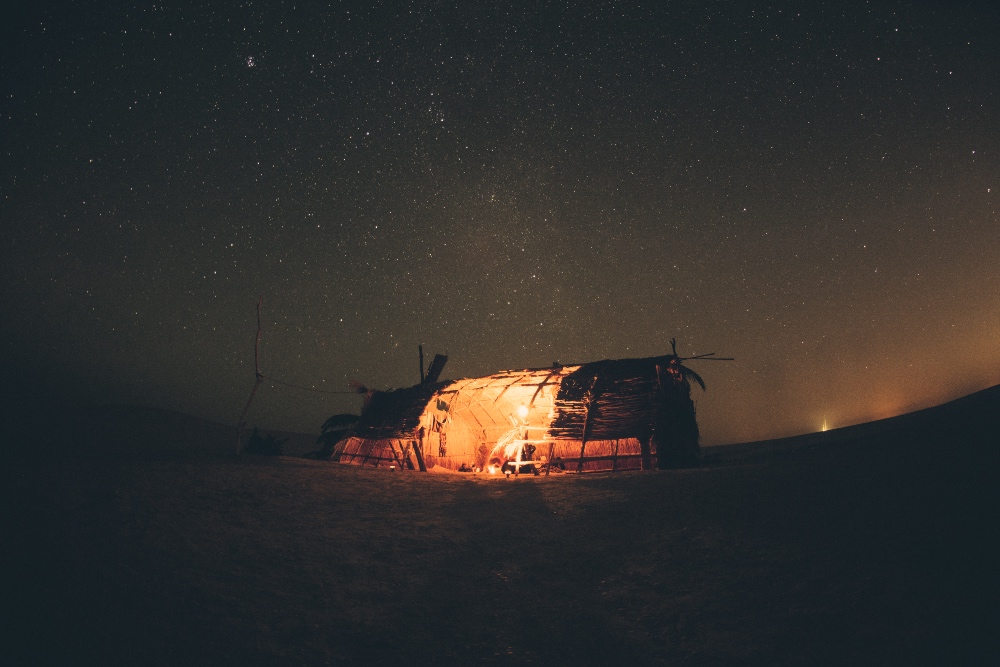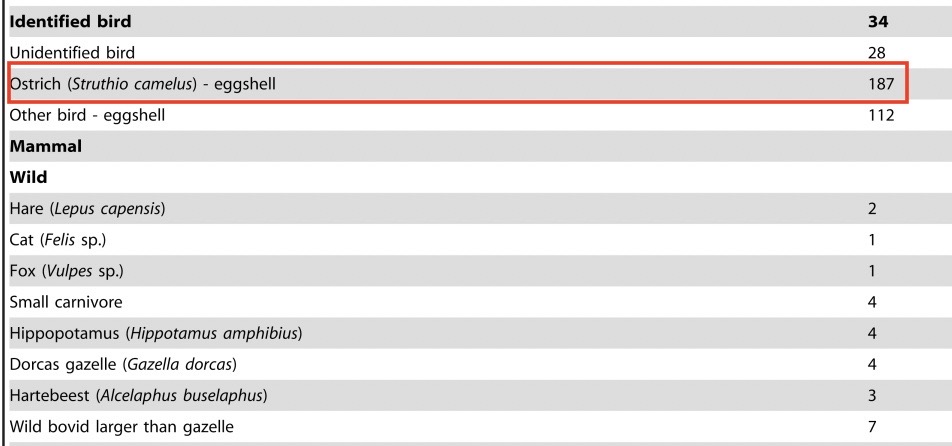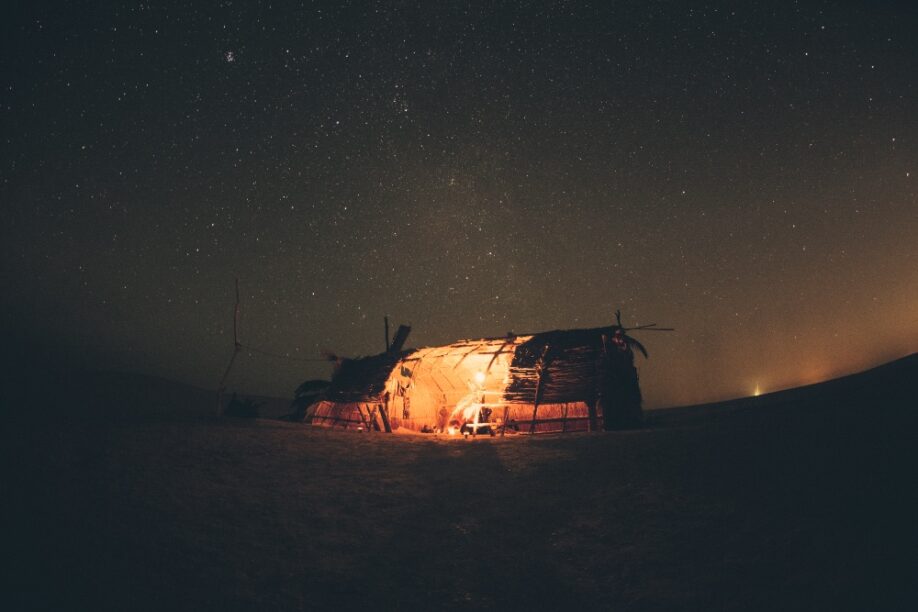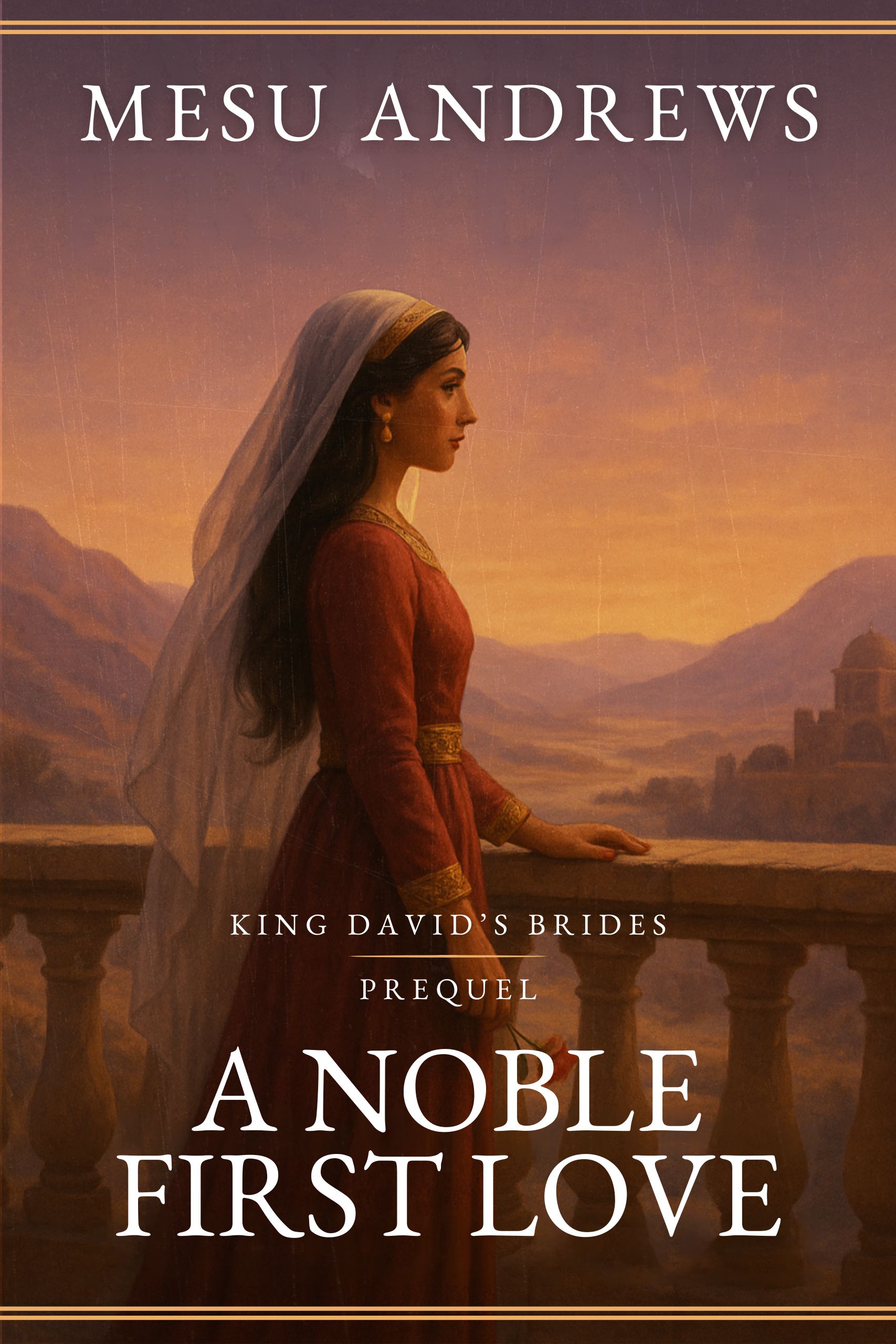
Mhmd Sedky sedky, CC0, via Wikimedia Commons https://unsplash.com/photos/rM-9sF8E8_A
Did you know the ancient pharaoh’s chose a specific vacation destination to hunt large game like lions, leopards, hippos, crocodiles, gazelles, and more? I first discovered the Faiyum (also spelled Fayoum, Fayum, or Fayyum) and Egypt’s wild beasts while researching The Pharaoh’s Daughter. Many scholars believe King Tut had been on such a hunting venture when he broke his leg. The leg became infected, gangrenous, and ultimately caused his death. Want to know more? CLICK HERE to find out how King Tut’s story might have intertwined with Moses’s story in The Pharaoh’s Daughter (my Amazon aff link).
Joseph in the Faiyum?
In Feast or Famine (IFOF) begins with Elohim giving Joseph the interpretation of a young pharaoh’s dreams. The king then appoints Joseph as his new vizier and sends him into ALL of Egypt. Joseph’s tour gave me the perfect opportunity to do more research on the Faiyum!
As I wove Joseph and Asenath’s story into the exploration of the Faiyum’s wonderland, I felt like I was discovering its mysteries with them! I hope you feel the same awe at Elohim’s creative handiwork as we unlock the beauty of Egypt’s famous oasis.
How do we know Joseph visited the Faiyum? CLICK HERE to read Dating Joseph in the Faiyum!
Let’s Talk Turkey–Actually, Ostrich!

https://doi.org/10.1371/journal.pone.0108517.t002
CLICK HERE to read the full academic study about the plentiful ostriches in the ancient Faiyum. Though I hadn’t associated ostriches with Egypt, I learned they were definitely “wild beasts!” An ostrich can be quite dangerous. Besides the fact that they’re the largest birds on earth, they’re also territorial, have 4″ claws, and a powerful kick.
As in many ancient cultures, Egyptians often chose animals to represent their deities. Ma’at was the goddess of truth and justice. She embodied the essential harmony every person, household, and the whole nation strove to achieve. Depicted as an ostrich feather, she plays a key role in the afterlife judgment.
Ma’at’s feather was placed on one side of the judgment scales and the deceased person’s heart on the other. If Ma’at’s feather-light peace outweighed the heart, the heart was devoured by Ammut, and the deceased was condemned to eternally roam as a tortured Akh (ghost).
Speaking of Ammut–she was a goddess embodied as a crocodile. So, though some pharaohs hunted crocs, others worshiped them!
Some Animals Fair Game–Others Sacred
Crocodile gods
Sobek is the male crocodile deity. His temple was located in Hawara–a very important setting I describe vividly in In Feast or Famine. Those who worshiped Sobek obviously wouldn’t hunt or kill crocodiles–just the opposite, in fact. The following YouTube clip told me just how dedicated ancient Egyptians were to their beastly reptile god…
Cow god
The goddess Hathor wore cows’ horns and represented love, beauty, dancing, music, and fertility. But her legend also had a dark side. Soon after Creation, it was said she slaughtered huge numbers of humans. Her father–the sun god, Ra–stopped her by getting her intoxicated on beer laced with the blood of the slain and mandrake root. Eeee-gad! 😯
Hathor was a very important deity since beer was the most common drink in Egypt (more common than plain water). Though many think of wine as the more common drink of the Bible, Egypt’s production of grain made beer the more common choice–and Hathor a very popular deity!
god of Chaos
In my Egyptian Chronicles series (Potiphar’s Wife and In Feast or Famine), Joseph lived in Avaris, the capital city of Lower Egypt during the Hyksos Dynasty. He was among the Hyksos, “foreign rulers.” The Egyptian term used, Amu, makes some believe the Hyksos were Amorites driven out of Canaan by a wealthy Bedouin tribe. (CLICK HERE to read more about my theory that Abraham, Isaac, and Jacob may have been the Bedouins who drove them out!)
Set has often been compared to the Canaanite god, Baal, controlling weather–specifically storms. Perhaps it makes sense. The Hyksos ruled Lower Egypt for almost two hundred years. Wouldn’t they likely have brought Canaanite beliefs into the Egyptian pantheon?
Many Hyksos rulers chose Set, the god of chaos, as their patron deity. He was depicted as a composite of many animals in a myriad of combinations: hippopotamus, pig, donkey, antelope, camel, greyhound, jackal, jerboa, long-snouted mouse, okapi, and/or oryx. Is it any wonder he represented chaos?
Other Animal gods in Egypt
In the variegated history of ancient Egyptian myths and legends, there are well over a thousand gods and goddesses. Their forms and functions may change from one generation to the next, so this list is by no means exhaustive.
I simply want us to consider together the way civilizations through the millennia have venerated animals to the station of worship.
- Baboon
- Cat
- Cobra
- Crocodile
- Falcon/Hawk
- Frog
- Goose
- Heron
- Hippopotamus
- Ibis
- Jackal/Wolf
- Lion
- Ostrich
- Pig
- Ram
- Scarab Beetle
- Scorpion
- Snake (different than cobra)
- Turtle
- Vulture
CLICK HERE for the website and info on those animals and the deities they represented in ancient Egypt (from Brighton University blog).
What’s the Spiritual Message Today?
How can people worship animals? Or a god they believe is embodied by the flesh and blood of a living, breathing creature on this earth?
I suppose we need to define worship to understand. Harvard University tells us:
“Weorthscipe” is a derivation of the modern word “worship.” This Old English term literally means “worth-shape,” or to give shape to what is worthy. (emphasis mine)
It makes sense, then, that the first two of God’s ten commandments forbid giving Him the SHAPE of any created thing on earth! We can be fascinated by Egypt’s Faiyum the earth’s multitude of creatures, but how could I compare Almighty God to any one of them?
Such a comparison would be like saying one ingredient of my favorite chocolate cake WAS the cake itself. No way!
What Is “Shaping” Our Lives?
I doubt anyone reading this is bathing a crocodile in milk or placing jewels on your cobra or cat. Well…some people really like their cats. 😉
One of my biggest spiritual take-aways from In Feast or Famine was the question:
What’s shaping my calendar, my thought life, and my wish list?
And that’s today’s question for you, dear reader. The things that shape US are the things that give shape to what we’ve deemed “worthy.” Those are the things we weorthscipe–worship.
Today’s Prayer:
- Heavenly Father, open my heart and let your Holy Spirit reveal anything other than YOU that I’ve allowed to shape my calendar, my thoughts, or my desires. Root them out, and shape my life into the image of Jesus–because You alone, Lord, are worthy!



